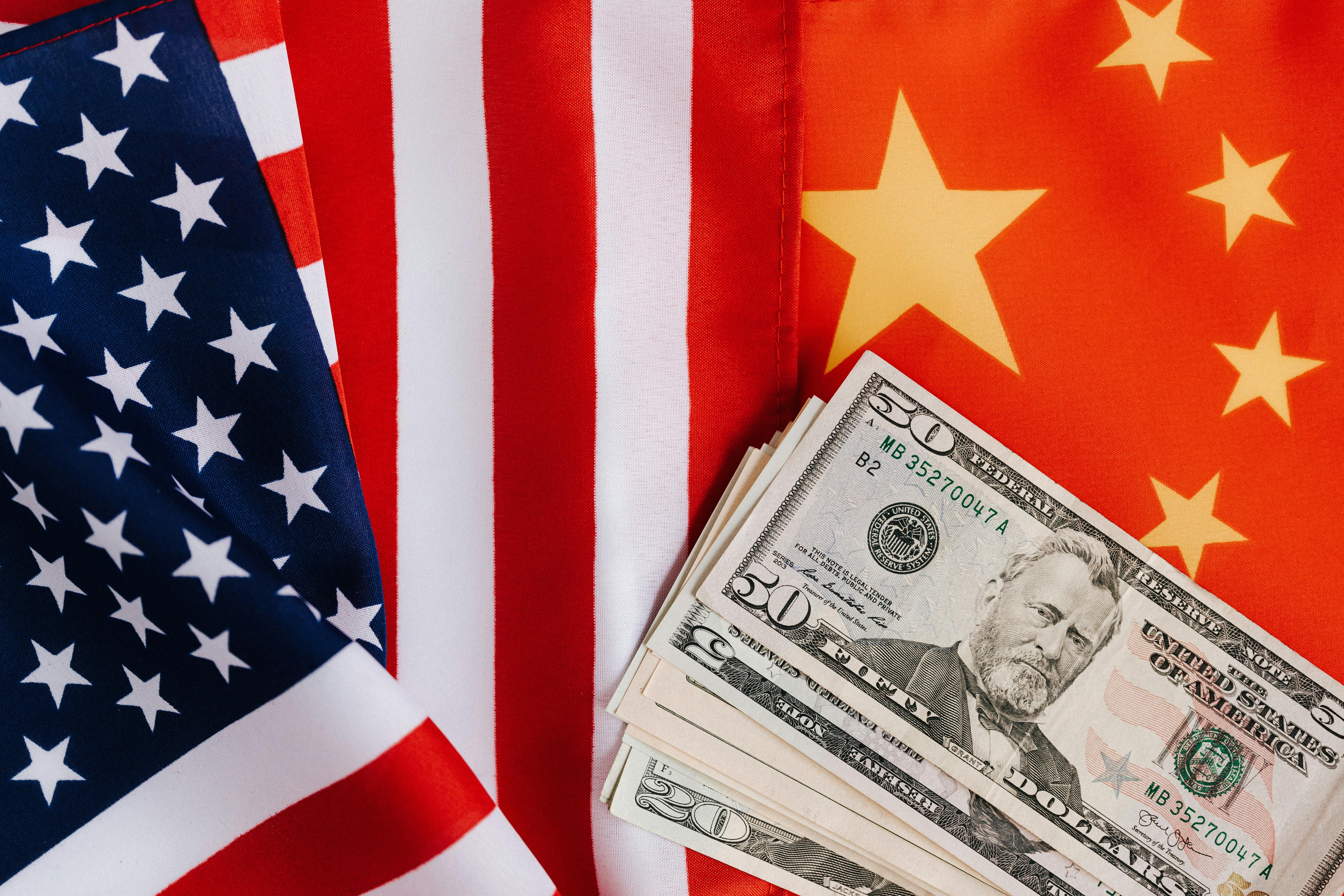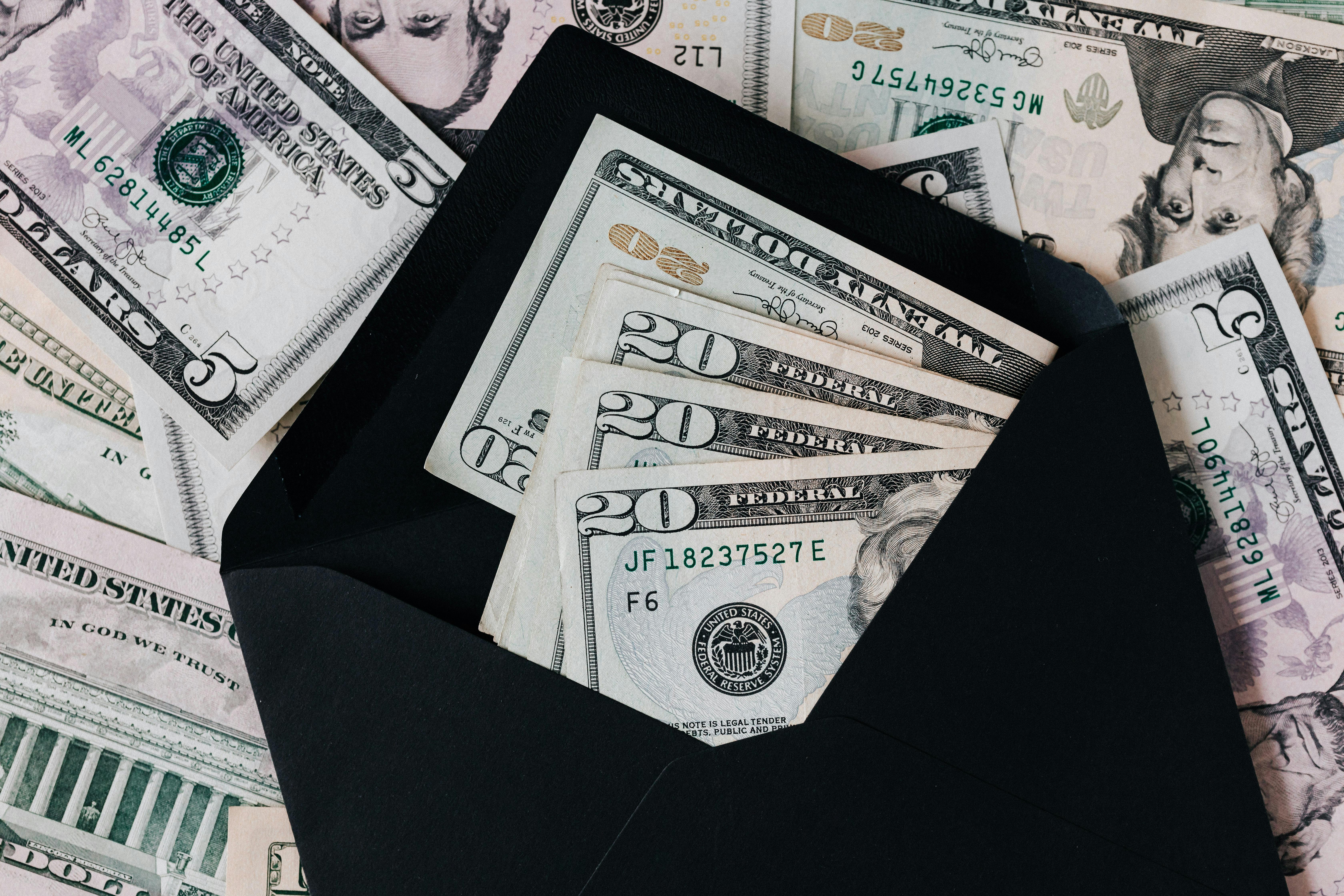Personal Finance Hacks: How to Save More and Spend Smarter (2025 Edition)

In 2025, personal finance has evolved far beyond traditional budgeting apps and saving jars. Today, financial success is built on awareness, automation, and adaptive decision-making. Whether you’re trying to crush debt, save for your first investment, or simply stop overspending, mastering your financial mindset is step one.
This guide reveals real-world hacks backed by behavioral economics and modern fintech tools — to help you save more, spend less, and grow smarter with your money. We’ll explore smart credit management, AI-driven budgeting tools, and even the psychology behind why we spend.
The Psychology of Smart Money
Before mastering your money, you must understand your habits. Behavioral finance studies show that most people don’t make logical decisions — they make emotional ones. Impulse buying, lifestyle inflation, and fear-based saving all stem from the same thing: emotional bias.

In 2025, AI-powered budgeting apps like Mint and YNAB help identify these biases by tracking behavioral patterns. They reveal what triggers your spending — from stress to social influence — and send smart alerts to stop the cycle. Understanding these triggers gives you the power to regain control.
💡 Quick Hack:
Set your accounts to automatically send 10% of each paycheck into a separate “Freedom Fund.” This not only builds savings but rewires your brain to reward discipline — a cornerstone of long-term wealth.
Explore related guides: Top Financial Apps to Manage Your Money | Smart Credit in 2025
Smart Budgeting Automation — Let Technology Work for You
Traditional budgeting is dying in 2025. Modern tools don’t just track spending — they make financial decisions on your behalf. Artificial Intelligence (AI) and predictive analytics now integrate directly with your bank accounts to forecast bills, manage savings, and even optimize when to pay credit cards to boost your score.

Apps like Monarch Money, Cleo, and Copilot offer “financial autopilots.” They sync with your income streams and automatically distribute money into categorized goals — emergency funds, travel budgets, investments — without you lifting a finger. These systems also track subscriptions and recommend cuts, turning small leaks into big savings.
💡 Hack #2: Automate Micro-Savings
Set up “round-up savings” — where every purchase rounds up to the nearest dollar and deposits the spare change into an investment account. Over a year, the average person can accumulate $300–$500 in passive savings without noticing it.
The Minimalist Spending Framework — Buying Happiness Intentionally
Minimalism isn’t about restriction — it’s about redefining value. In a hyper-consumerist economy, the average person in 2025 sees 6,000+ ads per day. Financial minimalism helps you filter noise and focus on what truly contributes to your long-term happiness.
Here’s the golden rule: Don’t spend more to impress — spend smarter to express. Instead of chasing luxury signals, redirect funds toward assets that grow in value — like personal education, digital skills, or dividend-paying stocks. You’ll be surprised how fulfillment replaces financial anxiety.
💡 Hack #3: The 70/20/10 Rule
Allocate your income as follows: 70% for living essentials, 20% for future goals, and 10% for joy or personal growth. This balance ensures your spending reflects both purpose and pleasure — a key to sustainable financial wellness.
You may also like: Investing for Beginners 2025 | AI-Driven Mortgages Explained
Debt Elimination — The Art of Strategic Payoff
Debt isn’t just a financial number — it’s a psychological weight. The key to eliminating it lies not in panic payments, but in strategic sequencing. In 2025, AI-powered debt management platforms like Tally and Bright Money create custom payoff maps that optimize the order in which you clear your debts for maximum efficiency.

Instead of spreading payments thin across multiple cards, these algorithms focus on eliminating high-interest debts first — while maintaining minimum payments elsewhere. This method, called the “Avalanche Approach,” can save hundreds or even thousands in interest annually.
💡 Hack #4: Snowball Meets Automation
Combine the Debt Snowball technique (clearing the smallest balances first) with automation tools that track progress and celebrate milestones. The emotional motivation from seeing quick wins builds momentum — which is often more valuable than the interest saved.
Credit Optimization Strategy — How Smart Borrowers Win in 2025
In 2025, credit scoring is no longer just about on-time payments. Modern lenders use AI-based predictive scoring models to evaluate financial behavior, income stability, and digital identity consistency. That means every financial move — from your subscription history to your bill payment timing — affects your creditworthiness.

To stay ahead, start using smart tools like Experian Boost or Ultrafinance that factor in rent, utilities, and subscription payments to raise your score faster. Also, maintaining a credit utilization below 30% remains the golden rule — but in 2025, optimal performance sits closer to 12–15%.
💡 Hack #5: Credit Layering
Instead of applying for multiple new credit lines, build trust with existing ones. Request limit increases on well-managed accounts — this lowers utilization instantly and boosts your score without triggering hard inquiries.
Further reading: Smart Credit in 2025 | The Future of Digital Lending 2026
Investing for Growth — Building Long-Term Wealth the Smart Way
By 2025, investing is no longer the domain of Wall Street elites — it’s a digital playground for everyone. Platforms like Public, eToro, and Fidelity Go have democratized access to global markets, letting anyone start with as little as $5. But real growth doesn’t come from guessing stock trends — it comes from consistent, diversified, and automated investing.

The secret isn’t timing the market — it’s time in the market. Experts recommend using strategies like dollar-cost averaging (DCA) — investing a fixed amount at regular intervals regardless of price. This smooths volatility and builds wealth steadily over years, not weeks.
💡 Hack #6: Let AI Manage Your Portfolio
AI-driven robo-advisors like Wealthfront and Betterment automatically rebalance your portfolio based on your risk tolerance, goals, and market conditions. They eliminate emotional decision-making — the number one reason investors underperform.
Passive Income Systems — Make Your Money Work While You Sleep
Passive income is the holy grail of financial independence. But in 2025, it’s not just about rental properties or dividend stocks — it’s about digital and data-based income streams. With low startup costs, anyone can build micro-assets that earn even while offline.

Some of the fastest-growing passive income categories include:
- Dividend ETFs — steady income with minimal management.
- Peer-to-Peer lending — earn interest by lending to vetted borrowers online.
- Automated affiliate sites — small, AI-generated content systems that monetize through ads.
- Digital royalties — from eBooks, stock photos, or music licensing platforms.
💡 Hack #7: The 3-Pillar Passive Model
To balance risk and stability, build your income around three pillars: (1) Cash Flow Assets, (2) Growth Investments, and (3) Automated Digital Streams. This structure protects you against market swings and provides compounding stability.
Continue learning: Investing in 2025 — Predictive Wealth Strategies | Strategic Dividend Pacing
Financial Resilience — The Foundation of Lasting Stability
True wealth isn’t about how much you earn — it’s about how well you adapt. Financial resilience in 2025 means being prepared for the unpredictable: economic downturns, job shifts, or sudden medical expenses. It’s a mindset where flexibility and preparedness outweigh blind optimism.

Building resilience starts with diversifying income streams — not just relying on a single salary. Create a personal “economic shield” by blending active income (your job) with passive income (investments, digital assets, or side businesses). This approach transforms uncertainty into opportunity.
💡 Hack #8: The 4-Account System
Divide your finances into four key accounts:
- Income Hub: All earnings flow here before allocation.
- Expense Core: For bills, subscriptions, and essentials.
- Growth Vault: For investments and high-interest savings.
- Emergency Reserve: For crisis and surprise costs.
This separation gives you visibility, discipline, and immediate control during financial turbulence.
The Psychology of Emergency Funds — Saving Without Fear
Many people know they need an emergency fund but fail to build one because of how the brain perceives future risk. In 2025, behavioral finance research reveals that visual savings goals dramatically improve follow-through rates. Apps like Yotta and Qapital gamify the process by turning saving into a challenge or reward system.

The golden rule: Save enough to cover 6 months of living expenses. But here’s the twist — don’t store it in one place. Split your emergency savings between a high-yield online bank and a liquid short-term fund for instant access. This creates psychological relief and prevents the temptation to overspend.
💡 Hack #9: Automate Emotional Discipline
Set up automatic transfers to your emergency fund right after payday — before you can even think about spending. Treat it like a non-negotiable bill. Automation removes the emotional decision from saving, turning resilience into habit.
You might also like: Emergency Fund — Where Smart Savers Actually Store It | Personal Finance Automation Systems
Financial Freedom — A Mindset, Not a Milestone
Financial freedom isn’t a final destination — it’s a continuous process of making decisions that align with your long-term goals and values. It’s the ability to live without financial anxiety while maintaining flexibility to pivot when life changes. In 2025, the focus shifts from “getting rich” to “staying balanced.”

The real wealth lies in control over your time. When your money supports your lifestyle instead of controlling it, you reach a state of calm productivity — where you pursue growth, not survival. This mindset shift is the new wealth paradigm.
💡 Hack #10: Value Over Vanity
Replace “status spending” with “strategic spending.” Every purchase should either:
- Increase your capability (skills, health, or efficiency).
- Preserve your stability (insurance, emergency funds, or debt payoff).
- Bring genuine fulfillment (experiences, relationships, or legacy).
Financial freedom grows not from excess, but from intention. The smartest investors of 2025 are those who make every dollar serve a purpose.
The 2025 Action Plan — Turning Hacks into Habits
Here’s a simplified but powerful roadmap for achieving true financial strength this year:
- Step 1: Automate your savings — make it invisible, effortless, and consistent.
- Step 2: Clear high-interest debt first — it’s the fastest guaranteed return.
- Step 3: Invest in diversified ETFs or robo-advisors — long-term, low-stress growth.
- Step 4: Build a 6-month emergency fund — protect before expanding.
- Step 5: Diversify your income — create at least one passive digital stream.
- Step 6: Track progress monthly — adapt, don’t just plan.

💬 The Takeaway
2025 isn’t just another year — it’s the moment when finance becomes human again. Automation will handle the numbers, but emotional intelligence will handle the discipline. Those who blend both will not only survive economic change — they’ll thrive because of it.
Ready to Take Control?
Explore more insights in our Financial Growth Series: Automated Finance Systems | Investing in 2025 | Emergency Fund Essentials
